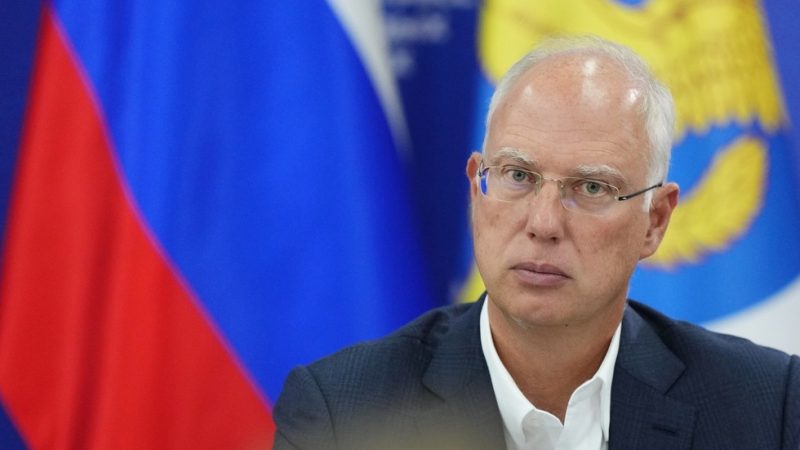
The business world is a complex tapestry, woven with threads of profit, political pressure, and geopolitical strategy. Recent reports suggest a surprising shift in the relationship between US companies and Russia, a relationship significantly strained by the ongoing conflict in Ukraine. According to Kirill Dmitriev, a prominent Russian envoy, a considerable number of American firms that previously exited the Russian market due to international sanctions and political pressure are now actively seeking a return. This revelation raises significant questions about the future of business relations between the two nations and the potential implications for the global economy.
This renewed interest isn’t necessarily a sign of a sudden thaw in relations. Instead, it’s likely a calculated move by these companies, weighing the potential for significant profits against the lingering risks. The Russian market, despite its current challenges, remains substantial, offering access to a vast consumer base and abundant resources. For many companies, the allure of this potential outweighs the political complexities.
However, the return won’t be a simple walk back into the market. Dmitriev has indicated that Russia intends to prioritize joint ventures with domestic firms. This strategy serves a dual purpose: it allows Russia to maintain control over key industries and simultaneously leverage the expertise and technology brought in by foreign partners. This approach suggests a more selective and controlled re-engagement, rather than a wide-open welcome for all returning companies.
The situation presents a fascinating case study in the interplay between business and geopolitics. The decisions made by these US companies reflect a careful assessment of risks and rewards, demonstrating a willingness to navigate the complexities of the international stage in pursuit of economic gain. While the long-term implications remain uncertain, the news highlights the resilience of the global economy and the persistent drive of businesses to seek opportunities, even in challenging geopolitical environments. The coming months will be crucial in determining the true extent of this re-engagement and its impact on both the Russian and US economies.
Ultimately, this situation underscores the intricate dance between economics and politics. It remains to be seen whether this cautious return will lead to a broader normalization of trade relations or if it represents a more limited, strategically calculated engagement. Only time will tell if this represents a lasting shift or a temporary blip in the complex relationship between the US and Russia.










